The ancient Maya capital of Tikal in Guatemala had been on my travel radar for quite some time. In fact, nearly a decade ago I was actively planning a trip there and had a hotel and tour guide already booked. But that trip never happened.
Fast forward to 2022, and my husband I decided to spend a week in the neighboring country of Belize – half the time in the rainforest, near the Guatemalan border, and the second half on the coast for some beach time and snorkeling.
Deep in the jungle of northern Guatemala, Tikal is actually easier to access from Belize than from places one might normally visit on a trip to Guatemala, such as Antigua, which is located in the southern part of the country.
If you’re planning a trip to Belize, you must add Tikal National Park to your itinerary!
Why Visit Tikal?
Having visited many ancient ruins over the course of my travels, I was initially ambivalent about Tikal. I thought it was comprised of just one structure – the one you see in every picture (including the one at the top of this blog!) – and wouldn’t be worth all the effort to get there. But my husband insisted, so I figured, why not?
Now that I’ve been there, I can assure you it is well worth the detour and on par with other great ruins like Machu Picchu, Angkor Wat, and Pompeii. Tikal is a lot more than one structure, too – it is believed there are up to 3,000 structures still uncovered – and takes a full day (or more!) to explore.
Heart of the Maya Civilization
Tikal was the capital of the highly sophisticated Maya civilization from roughly 800 BC to 900 AD and is one of the few World Heritage sites to be inscribed for meeting both natural and cultural criteria. This is due to its extraordinary biodiversity and archeological importance.
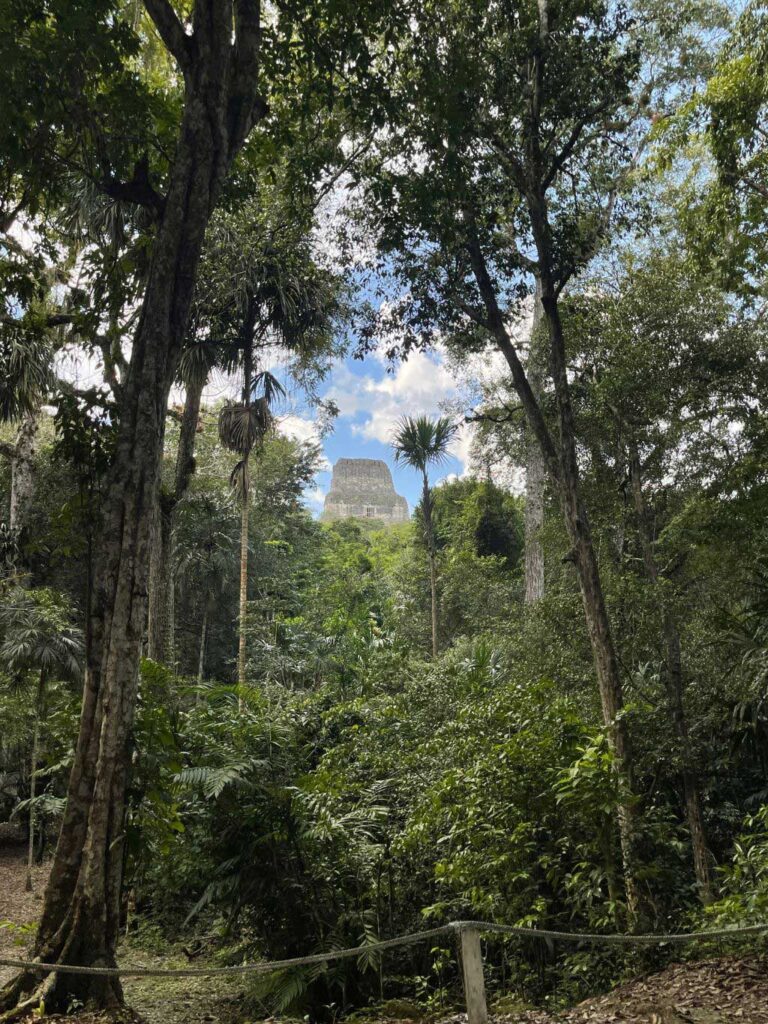
During its heyday, between 300 and 900 AD, Tikal flourished with upwards of 100,000 people, dominating the region politically, economically, and militarily.
By the middle of the 10th century AD however, the city was all but abandoned. The reason for Tikal’s demise is a matter of debate, but most historians agree that drought and deforestation were key contributors to its collapse – a dire warning for our own times.
What You’ll See at Tikal
The main area of the park open to visitors is where most of Tikal’s administrative, ceremonial, and religious activities took place, and where, as our guide said, the “important people” lived. The residential areas of everyday folks were further out in the periphery.
During your visit, you’ll have the opportunity to explore up close many of the city’s structures using a network of ramps and steps (don’t worry these were installed in more recent times!), and you’ll enjoy panoramic views of the region from high above the jungle canopy.
Those structures, built out of locally sourced limestone, include the remains of temples, pyramids, palaces, residences, and administrative buildings, including a structure that seems to have been a jail and seven ball courts similar to those found at many ancient sites throughout Mesoamerica.
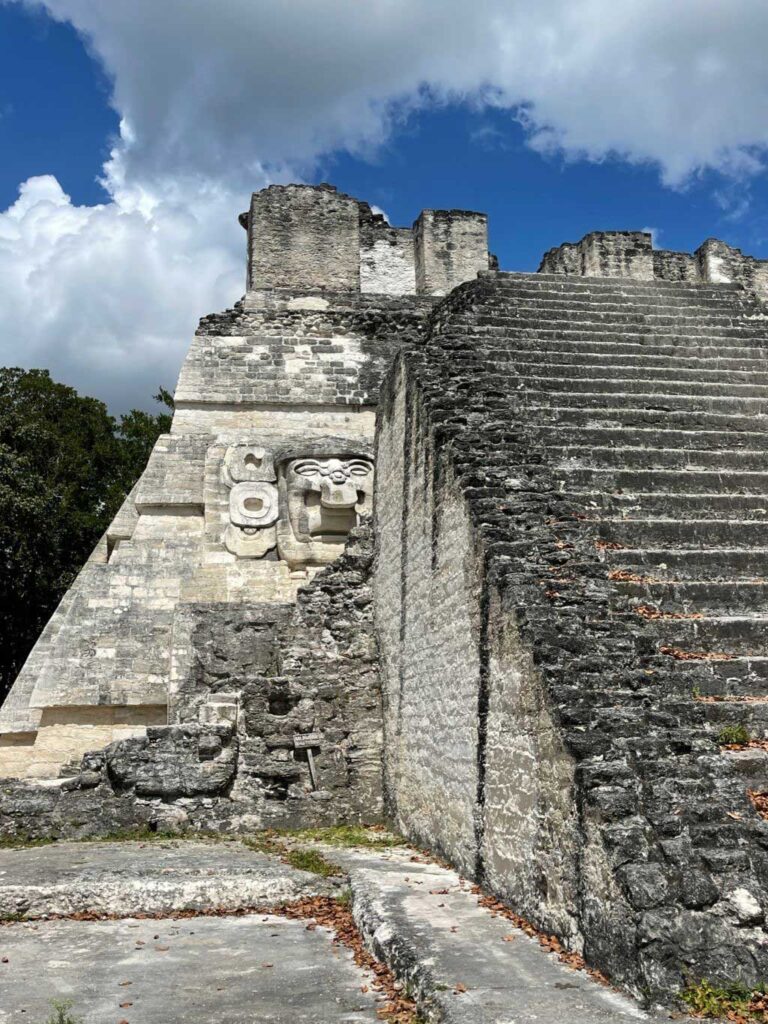
There are six major temples in Tikal, and the centerpiece is the Grand Plaza, flanked by Temple I (Temple of the Great Jaguar) and Temple II (Temple of the Masks). Temple II can be climbed, and it gives you excellent views over the whole plaza.
From the Grand Plaza you’ll take a pleasant trek through the jungle (look up for monkeys!) to Temple IV (Temple of the Two-Headed Snake). Soaring 212 feet, it is the tallest structure in Tikal and is ideal for viewing sunrise.
From the east-facing steps of the temple, you might recognize the view looking out over Temples I, II, and III from the first Star Wars film, Episode IV: A New Hope. Director George Lucas used Tikal as a filming location for the movie’s fictional moon, Yavin 4.

Another impressive vista is from Temple V, Tikal’s second highest structure. This is a premier spot for viewing sunrise or sunset because its large, flat rooftop offers a 360-degree panorama of the other temples poking through the trees.
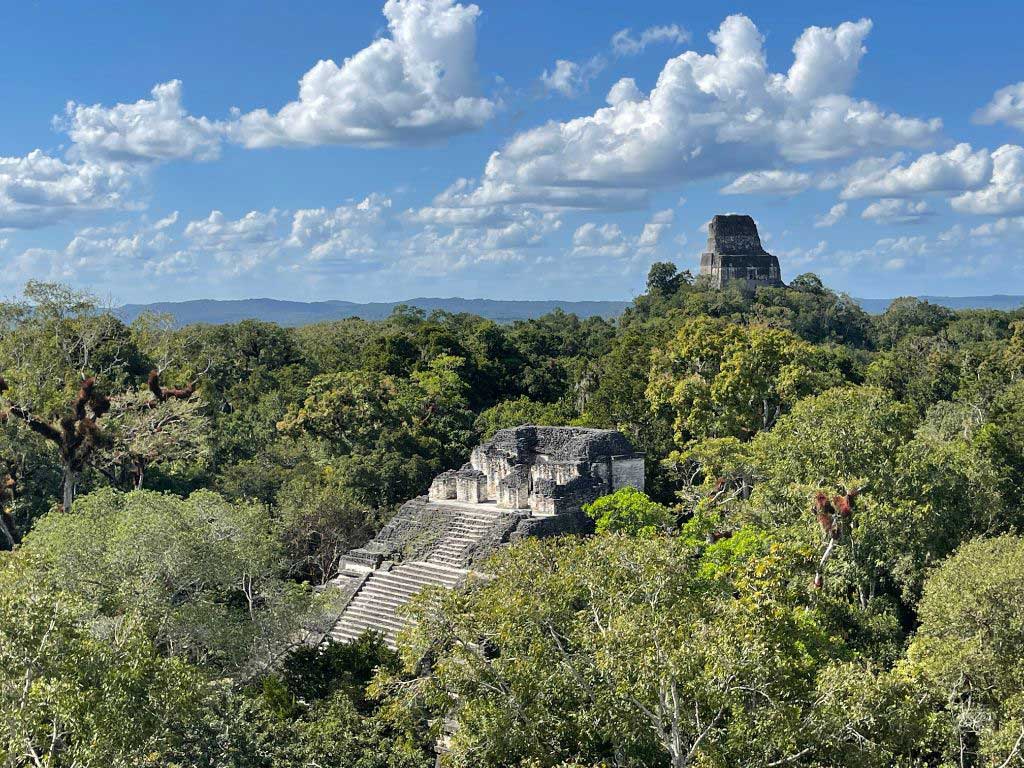
Visiting Tikal from Belize Versus Guatemala
As I mentioned above, Tikal is in a relatively remote location. From the southern part of Guatemala, you would have to either fly from Guatemala City to Flores, which is the lovely town that many travelers use as a base for visiting the national park, or travel by car or bus. The problem is, it’s not a fast or easy journey. From Guatemala City, for example, the trip to Flores will take a good 10 hours. If you’re spending a lot of time in Guatemala this might be fine, but if you’re only there for say a week, it will be hard to squeeze this in with all the other amazing places there are to visit.
By contrast, visiting Tikal from Belize is relatively easy and fits in nicely with most travelers’ Belize itineraries, even if you’re staying for just a week. From Belize City, where the main international airport is located, it’s a two-hour drive to the Guatemalan border and then a little under two hours to Tikal.
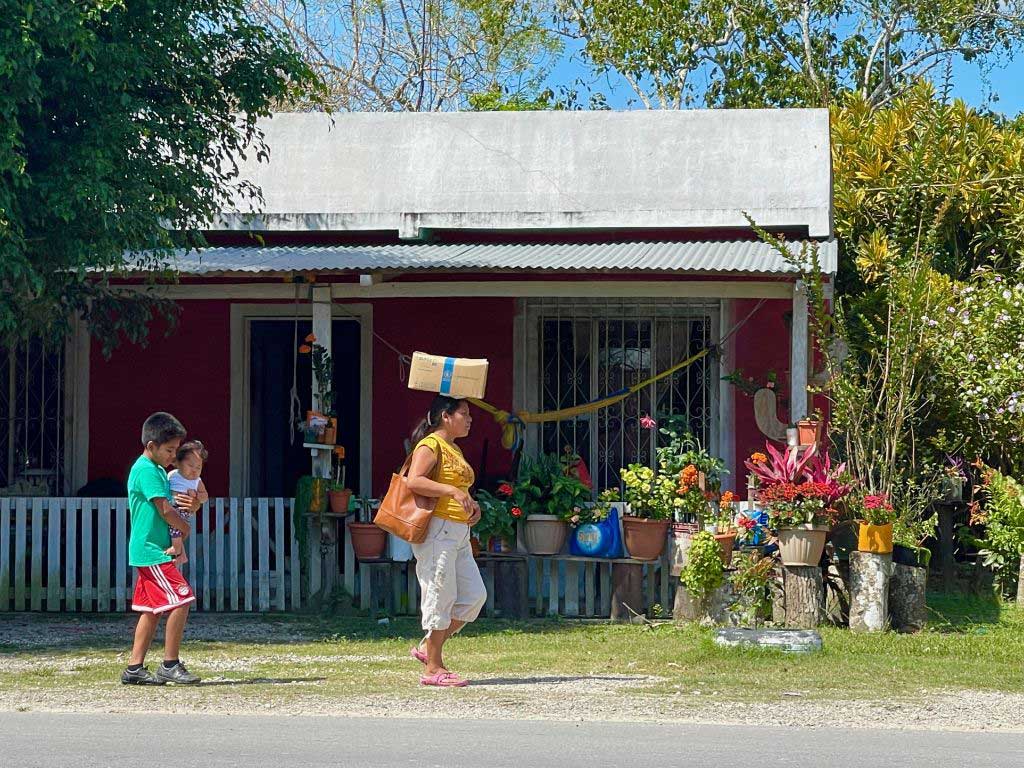
In theory, you could do a day trip from Belize City to Tikal, but that would be an exhausting, almost impossible day. The better option is to stay in the western rain forest region of Belize, where there are plenty of activities to occupy you for several days anyway, including excursions to Tikal. Then, before heading home from Belize City, you can enjoy another few days (or longer!) on the Caribbean Sea.
In the jungle area of Belize, we stayed at one of the many eco-resorts and lodges around the town of San Ignacio, which is only about half an hour from the border. There are tons of outfits that organize day trips to Tikal, and we had a wonderful experience with a company called Belize Family Adventures. Most hotels can connect you to a tour operator or guide if you didn’t book anything in advance.
Whoever you end up booking through, they will likely provide transportation to the border of Belize and Guatemala, assistance crossing the border on foot (be sure to have your passport!), and then transportation (usually with your Tikal park guide) from the Guatemalan side of the border to the park. At the end of your day, the guide will take you back to the border, where you’ll cross back into Belize to meet your local driver. It’s really quite easy.
That said, when you book, be sure to find out exactly what services your tour operator will provide so you know what to expect. It is also possible to go to Tikal on your own and simply hire a guide when you get there. Regardless of how you do this, I highly recommend having a guide for a better, more comprehensive visit and smooth border crossings.
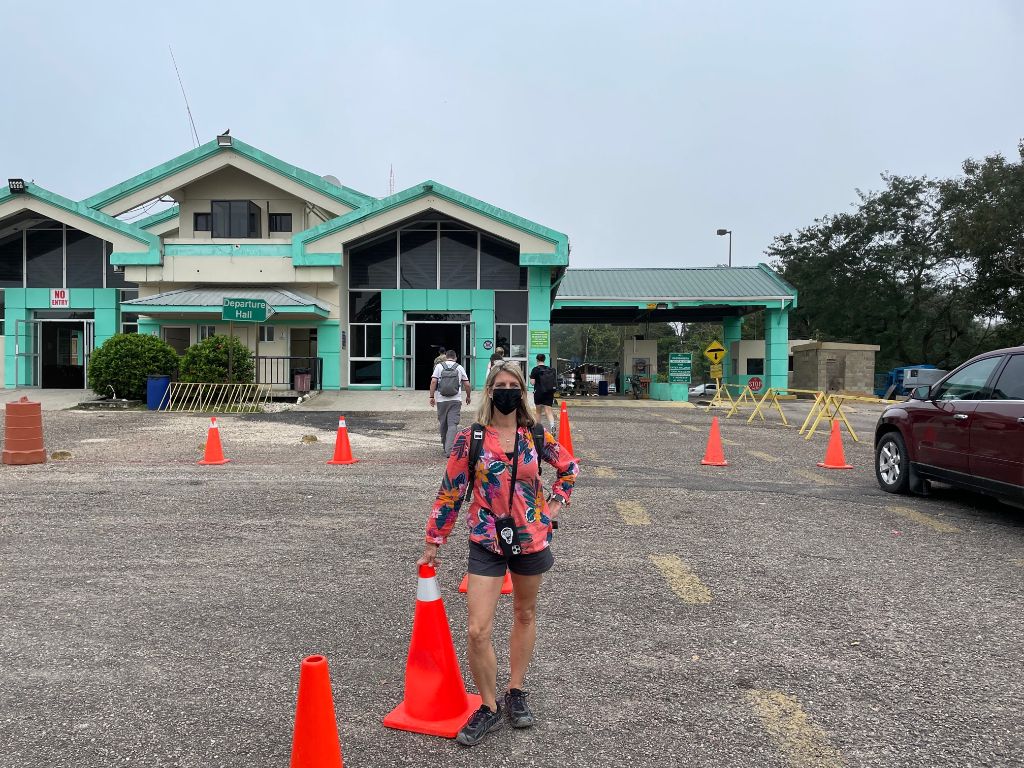
Note: At the time of this writing, a negative COVID test within 72 hours was technically required to cross the border from Belize to Guatemala. A negative COVID test is not required to enter Tikal National Park.
Logistics for Your Visit to Tikal
- Website for Tikal National Park: www.tikalnationalpark.org
- Tikal National Park is open daily between 6am to 5pm.
- The Tikal Museum is open 8am to 6pm. (It is closed on national holidays.)
- Adult tickets for non-Guatemalan visitors cost 150 GTQ (about $20 USD).
- Children under 12 are free.
- If you sign up for a sunrise tour and enter the park before 6am, the ticket fee is 250 GTQ.
- Tickets purchased after 3pm are also valid for the next day.
- The best months of the year to visit Tikal are January, February, and March when it’s drier and not quite as hot and crowded. (It’s still pretty hot though, especially in March.)
Don’t Forget . . .
- Bring your passport! You will need this at the border.
- For now, a negative COVID test and vaccine proof is required to enter Guatemala. Check the requirements before you travel as this may have changed since this writing.
- Be sure to bring water, sunscreen, and bug repellant. (Note that you can buy bottled water and soft drinks inside the park.)
- There are no ATMs at Tikal, so you may want to have cash for small purchases.
